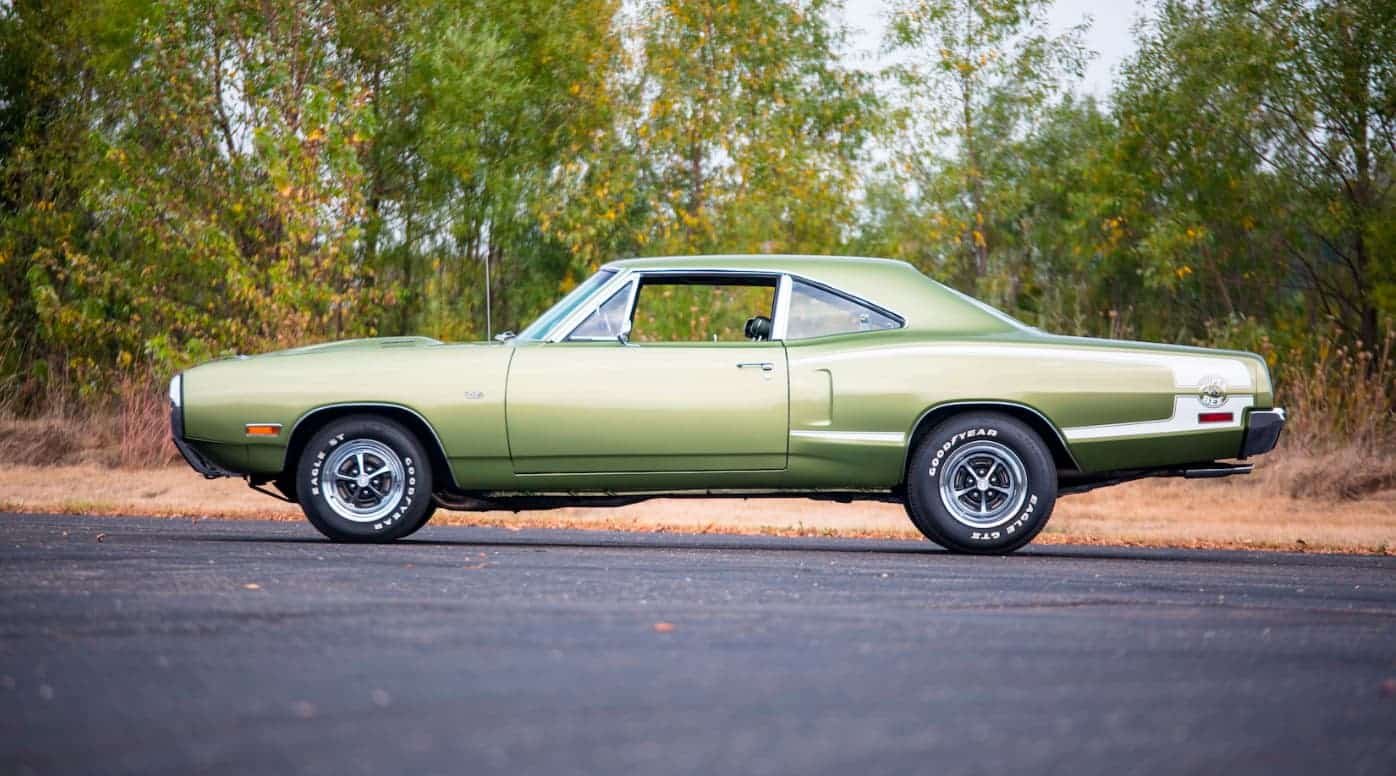The 1970 Dodge Super Bee: A Unique Muscle Car
Muscle cars have always been popular among car enthusiasts, and the 1970 Dodge Super Bee is one of the most iconic muscle cars of its time. With its distinctive design and powerful engine, it has become a sought-after classic car that continues to captivate car enthusiasts to this day. In this article, we will take a closer look at the 1970 Dodge Super Bee, including its unique features and modifications that make it stand out among other muscle cars.
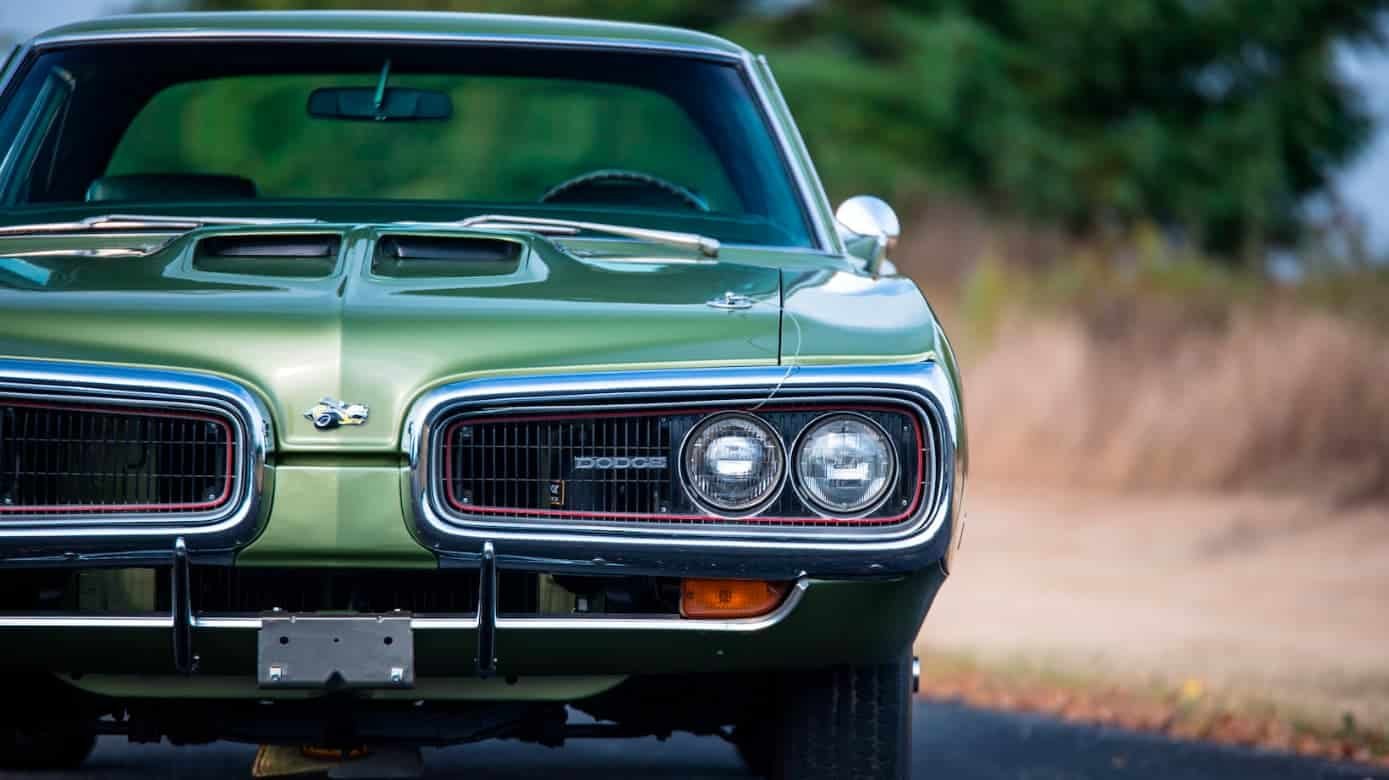
The 1970 Dodge Super Bee: An Overview
The 1970 Dodge Super Bee is a unique muscle car that was produced in limited quantities, making it a rare find today. It is based on the Dodge Coronet and was first introduced in 1968 as a budget muscle car. It was designed to compete with other popular muscle cars of its time, such as the Plymouth Road Runner and the Chevrolet Chevelle.
The 1970 Dodge Super Bee came with a range of engine options, including the 383 Magnum engine, which is the engine featured in the car we are discussing today. This engine was rated at 335 horsepower and 425 lb-ft of torque, making it one of the most powerful engines of its time.
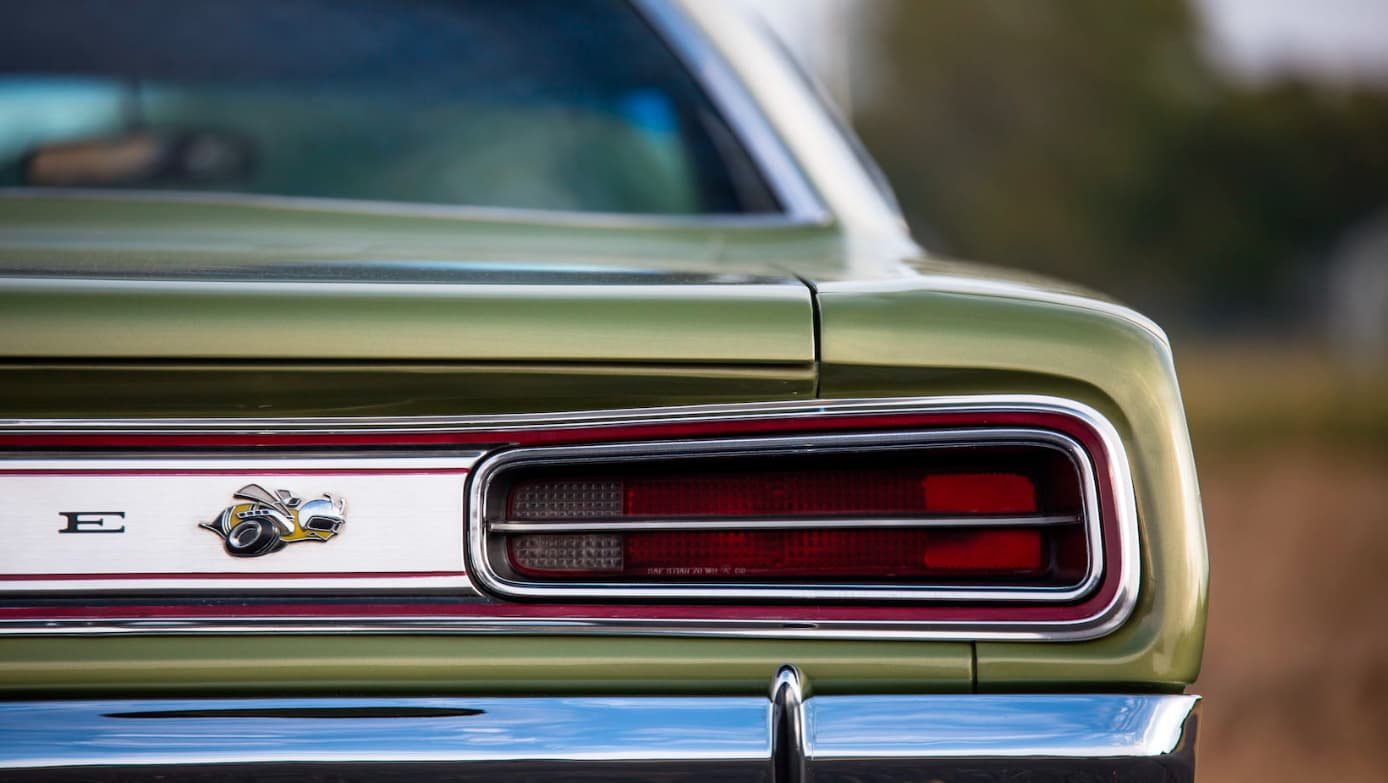
Modifications to the 1970 Dodge Super Bee
To make the car even more powerful, many owners made modifications to the 1970 Dodge Super Bee. These modifications were often referred to as “day-two” modifications, which were a nice balance between the OEM options and all-out customizing. The car we are discussing today has been rebuilt to these specifications, making it a unique and powerful muscle car.
Engine Modifications
The engine in this Super Bee has been professionally built and is now rated at 375 horsepower. This increase in power is thanks to a pair of scarce 1967 tight-chamber 440 cylinder heads, a 750 CFM carburetor, an Edelbrock Torker intake manifold, and Accel ignition, among other items. Polished chrome accessories like the valve covers and open-element air-cleaner give it shine, ceramic-coated headers feed the modern dual exhaust, and a deep-sump oil pan keeps everything slick.
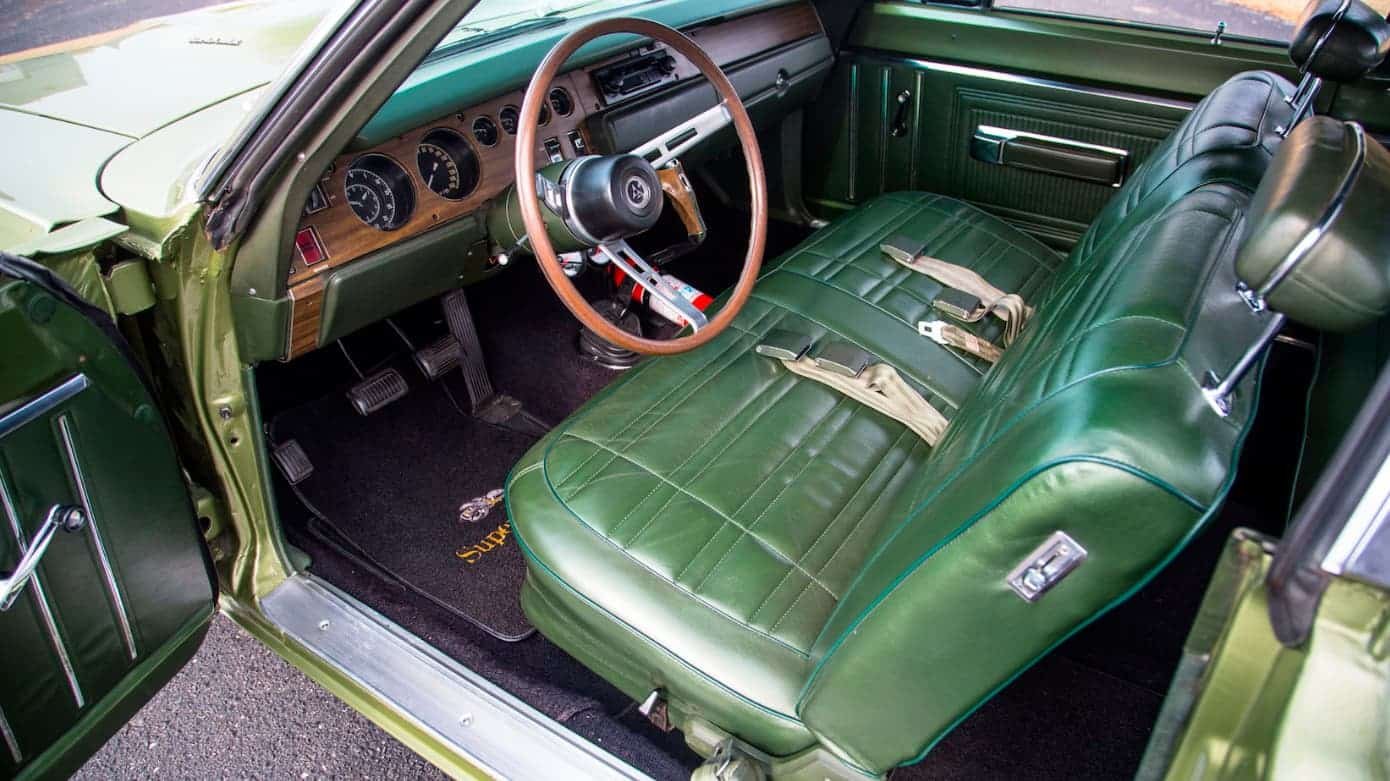
Transmission and Rear End Modifications
The heavy-duty 4-speed transmission is backed with a Sure Grip-equipped Dana 60 rear end and a 3.54:1 final gear ratio. In the bellhousing is a 10.5-inch Mr. Street clutch, making the Super Bee a joy to drive on the open road.
Interior and Exterior Modifications
The car also boasts some unique modifications to its interior and exterior. The Lime Green Metallic exterior paint with a matched green vinyl interior gives the car a distinctive and eye-catching appearance. The floor-mounted Hurst Pistol Grip shifter adds to the car’s sporty feel, while the Tic-Toc-Tac in the dash shows where it’s revving in the RPM band, and the adjacent 150 MPH speedometer keeps track of how fast this Super Bee is flying. The aftermarket gauges and an AM/FM/cassette player complete the look of the day-two inside, while the outside benefits from 5-spoke wheels and 15-inch raised-white-letter Goodyear Eagle tires on all four corners.
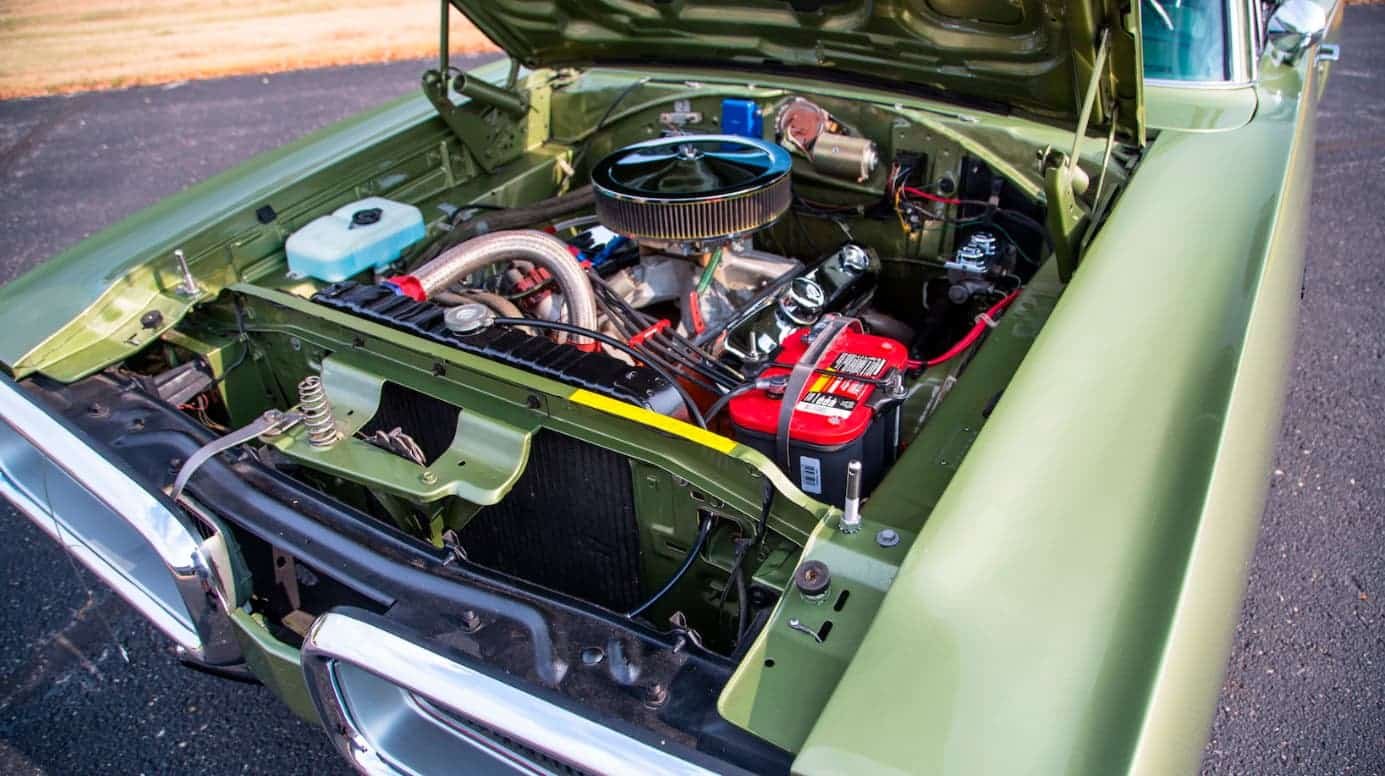
Conclusion
In conclusion, the 1970 Dodge Super Bee is a unique muscle car that has become a sought-after classic car among car enthusiasts. Its distinctive design and powerful engine, combined with the modifications made by car owners, make it a one-of-a-kind car that stands out among other muscle cars of its time. This Super Bee, in particular, is a prime example of a day-two modified muscle car that has been rebuilt to specifications that make it a truly unique and powerful vehicle
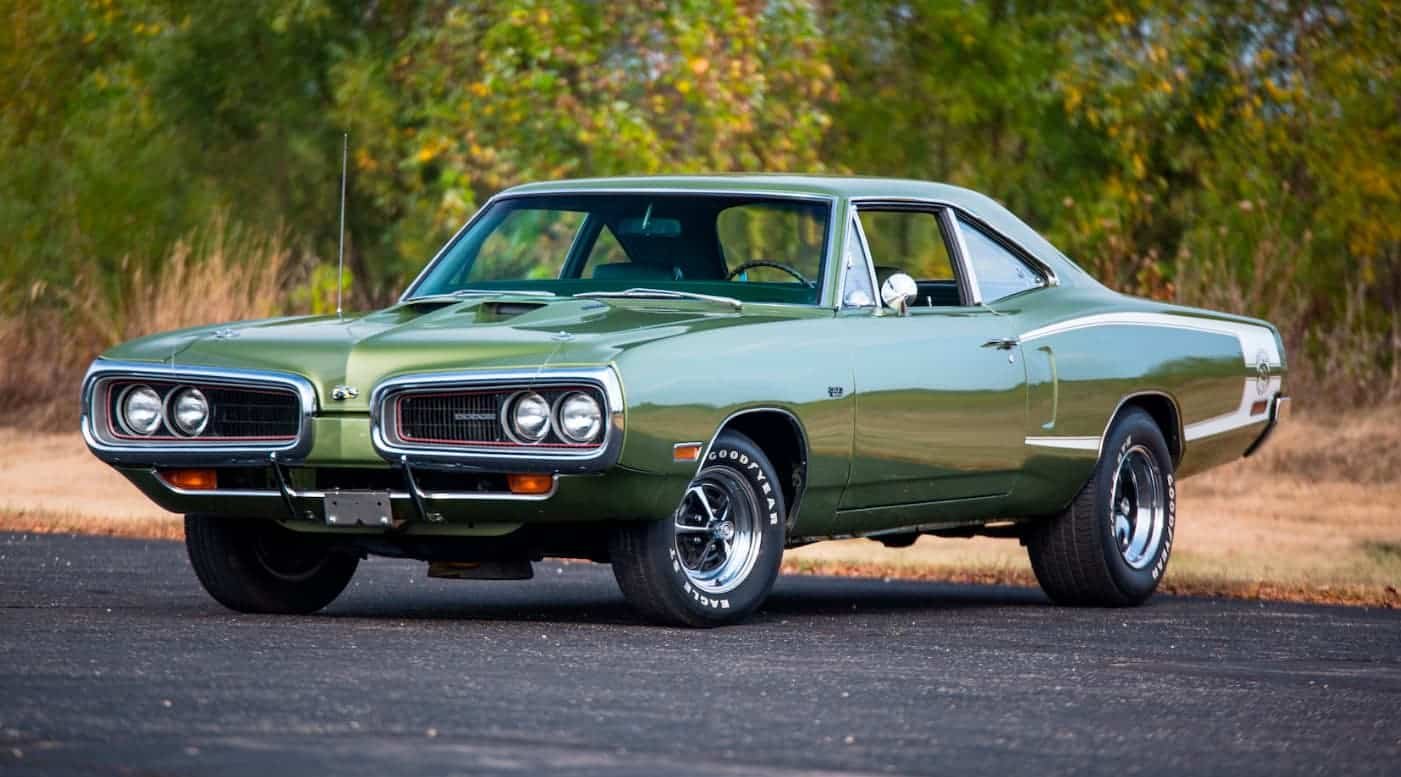
FAQs
- What is a day-two modified muscle car?
A: A day-two modified muscle car is a term used to describe muscle cars that have been modified by their owners shortly after purchasing them. These modifications were often done on the second day of ownership and included aftermarket parts and modifications that improved the car’s performance and appearance.
- What makes the 1970 Dodge Super Bee unique?
A: The 1970 Dodge Super Bee is unique because it was produced in limited quantities and was designed to be a budget muscle car. Its distinctive design and powerful engine, combined with the modifications made by car owners, make it a one-of-a-kind car that stands out among other muscle cars of its time.
- What modifications were made to this Super Bee?
A: This Super Bee has been rebuilt to day-two specifications, which includes modifications to the engine, transmission, and rear end, as well as modifications to the interior and exterior of the car.
- How powerful is the engine in this Super Bee?
A: The engine in this Super Bee has been professionally built and is now rated at 375 horsepower. This increase in power is thanks to a pair of scarce 1967 tight-chamber 440 cylinder heads, a 750 CFM carburetor, an Edelbrock Torker intake manifold, and Accel ignition, among other items.
- Is the 1970 Dodge Super Bee a good investment?
A: The 1970 Dodge Super Bee has become a sought-after classic car among car enthusiasts, which has driven up its value in recent years. Investing in a well-maintained and restored Super Bee could be a good investment, as its rarity and unique features make it a highly desirable car among collectors.
